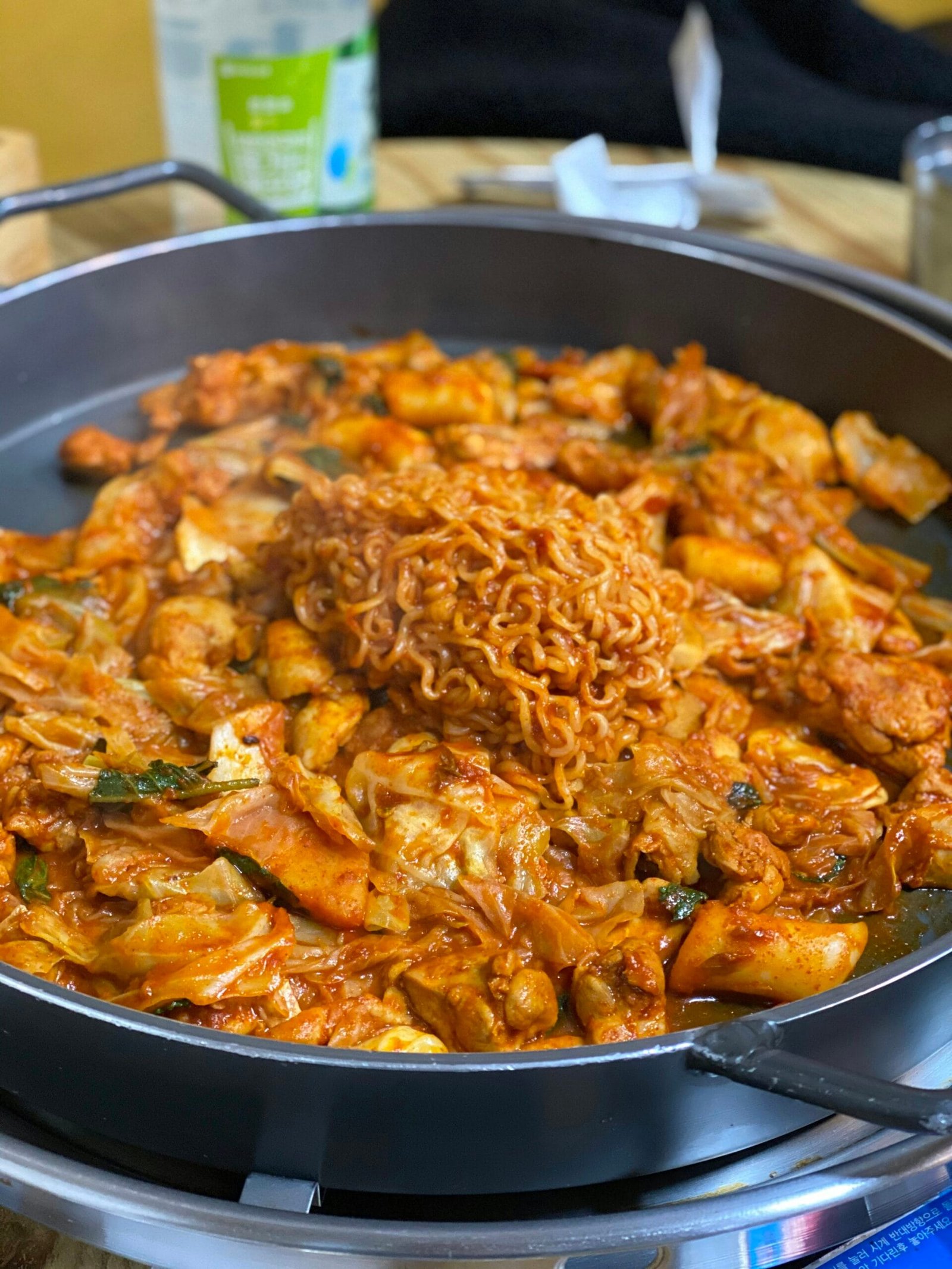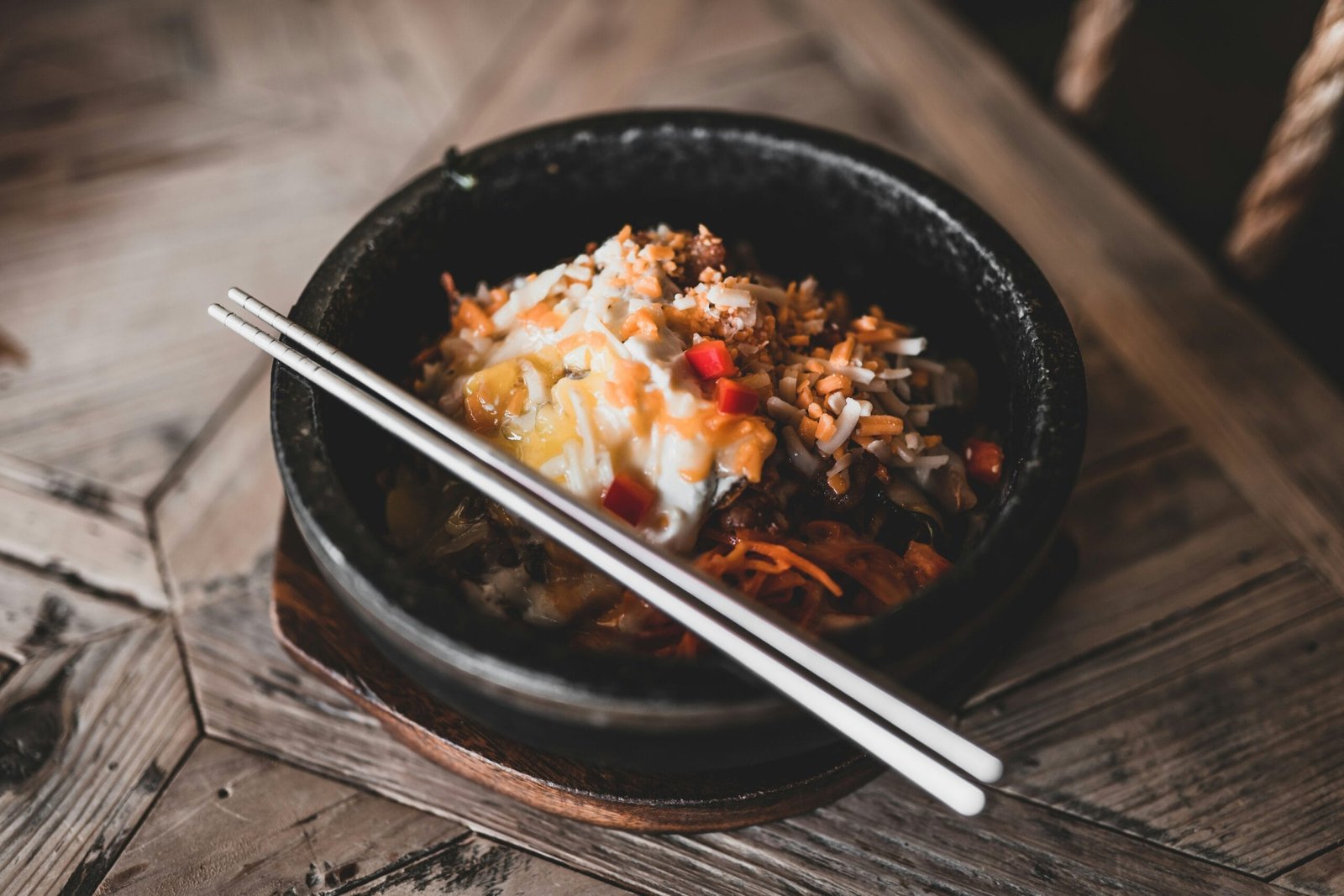Have you ever wondered how to properly prepare and serve traditional Korean spicy tofu stew, also known as “soondubu jjigae”? This is a dish that’s both comforting and packed with flavor, featuring a wonderful blend of textures and spices that can brighten up any meal. Whether you’re a seasoned cook or a curious beginner, understanding how to make this dish can enrich your culinary skills and introduce you to a taste of Korean culture.
In this guide, you’ll uncover the essentials of making soondubu jjigae from start to finish. We’ll explore the ingredients you need, step-by-step cooking instructions, serving suggestions, and some tips to ensure your stew is nothing short of amazing. So, roll up your sleeves and get ready to learn all about this delicious Korean dish.
Understanding Soondubu Jjigae: A Korean Culinary Delight
What is Soondubu Jjigae?
Soondubu jjigae, or spicy tofu stew, is a traditional Korean dish that is well-loved for its rich flavors and comforting warmth. The term “soondubu” refers to the uncurdled tofu used in the dish, which gives it a silky, soft texture that complements the other ingredients. “Jjigae” means stew, indicating the dish’s hearty, liquid-based composition. Together, these elements create a flavorful harmony that speaks to the heart of Korean cuisine.
The Importance of Ingredients
When it comes to soondubu jjigae, the ingredients are key. Each component plays a specific role in contributing to the dish’s overall taste and texture. From the vibrant red pepper flakes to the delicate soft tofu, ensuring you have the right ingredients will make your stew authentically delicious. This section will help you understand what each ingredient brings to the table.
Prepping for Your Culinary Adventure
Essential Ingredients List
Creating the perfect soondubu jjigae starts with gathering the right ingredients. Here’s a list you’ll need:
| Ingredient | Description |
|---|---|
| Soft Tofu (Soondubu) | The star ingredient, providing a silky texture |
| Korean Red Pepper Flakes (Gochugaru) | Adds spice and depth of flavor |
| Gochujang (Korean Chili Paste) | Thickens and flavors the stew |
| Meat or Seafood | Typically beef, pork, or seafood like clams |
| Kimchi | Fermented cabbage that adds a tangy spice |
| Garlic | Adds aromatic depth |
| Spring Onions | For garnish and freshness |
| Soy Sauce | Provides salty umami |
| Sesame Oil | Offers a hint of smokiness |
| Egg | Often added at the end for richness |
| Broth (Anchovy, Chicken, or Vegetable) | Forms the base of the stew |
Preparing the Ingredients
Preparation is key to achieving the best results in your stewing. Start by cutting the meat or seafood into bite-sized pieces. Next, chop your spring onions and mince the garlic. These preparations will make the cooking process smooth and efficient. Also, ensure your tofu is well-drained before adding it to the stew, as excess water can dilute the flavors.

Cooking Soondubu Jjigae: Step by Step
Step 1: Making the Broth
A rich and hearty broth is the foundation of soondubu jjigae. Start by bringing your chosen broth to a simmer. If you’re making anchovy broth from scratch, use dried anchovies and kelp for an authentic taste. Allow it to simmer for about 15 minutes, then remove the anchovies and kelp before proceeding.
Step 2: Building the Flavor Base
In a Korean earthenware pot or a heavy-bottomed saucepan, heat sesame oil over medium heat. Add minced garlic and sauté until fragrant. Following this, stir in the gochugaru and gochujang. This combination forms a spicy, aromatic base that is quintessential to the essence of soondubu jjigae.
Step 3: Adding Protein and Kimchi
Once your flavor base is ready, introduce your selected protein. If you’re using meat, cook it until it’s browned and sealed. Seafood should be added later to avoid overcooking. Add kimchi at this stage for a tangy, spicy kick. Let these ingredients meld together for a couple of minutes.
Step 4: Adding Tofu and Broth
Break the tofu into large, manageable chunks and gently add it to your pot. Pour in the broth gradually, enough to cover all the ingredients. This is where your stew starts coming together. Ensure you’ve combined all flavors evenly, allowing it to simmer for 10 to 15 minutes.
Step 5: Finishing Touches
Taste your stew and adjust seasoning as needed with soy sauce. Before serving, crack an egg into the pot and gently swirl it in to cook. The egg enriches the broth, adding a velvety touch that enhances the overall experience. Garnish with chopped spring onions for an added layer of flavor and color.
Serving Traditional Soondubu Jjigae
Choosing the Right Accompaniments
Soondubu jjigae is often accompanied by a variety of side dishes known as “banchan.” These can include:
- Kimchi: Fermented cabbage that complements the stew’s flavors.
- Japchae: Stir-fried glass noodles packed with vegetables.
- Pickled Radish: For a refreshing counterbalance.
- Steamed Rice: A staple side that’s perfect for balancing the spice.
How to Serve
Traditionally, soondubu jjigae is served bubbling hot in the same pot it was cooked in. This keeps the stew warm and the flavors vibrant. Place a bowl of steamed rice alongside the stew and encourage guests to mix them for an even bite.

Tips and Tricks for Best Results
Tailoring the Spice Level
The beauty of soondubu jjigae lies in its versatility, allowing you to tailor the spice level to your preference. Adjust the amount of gochugaru and gochujang to control the heat. Those who prefer a milder dish can reduce these ingredients, while spice enthusiasts might opt to add more.
Selecting the Best Tofu
Soft tofu, or “soondubu,” provides the perfect texture for this stew. It’s available in most Asian grocery stores and sometimes even in mainstream supermarkets. If you can’t find soft tofu, silken tofu can be a good substitute, but it may not have the same texture as soondubu.
Creating Vegetarian Options
For a vegetarian version of soondubu jjigae, simply omit the meat or seafood and use vegetable broth. You might also consider adding mushrooms for an earthy depth of flavor and a protein boost.
Exploring Korean Cuisine Beyond Soondubu Jjigae
Other Must-Try Korean Dishes
Once you’ve mastered soondubu jjigae, you might want to broaden your palette with other Korean delights, such as:
- Bibimbap: A mixed rice dish topped with vegetables, egg, and meat or tofu.
- Samgyeopsal: Grilled pork belly often enjoyed with a variety of dipping sauces and wraps.
- Bulgogi: Marinated beef that’s sweet, savory, and perfect for grilling.
The Role of Korean Cuisine in Cultural Identity
Food is a central part of Korean culture, reflecting history, geography, and the communal spirit. Dishes like soondubu jjigae serve as both everyday staples and special occasion foods, symbolizing warmth and hospitality. As you savor soondubu jjigae, you’ll be participating in a rich tradition that’s both timeless and universally beloved.

Conclusion
You’ve now embarked on a flavorful journey into the heart of Korean cuisine with soondubu jjigae. By understanding the ingredients, following a structured preparation process, and embracing tradition-aligned serving methods, you can create an authentic and satisfying meal that’s a testament to Korean culinary heritage.
Remember, cooking is an art that allows personal expression through food, and as you make soondubu jjigae, feel free to make it your own. Each choice you make, from the level of spice to the type of protein, reflects your unique taste and preferences. So, enjoy every step of the process, and more importantly, delight in every bite of your creation. Soon you’ll find yourself mastering the flavors of Korea right in your own kitchen!
